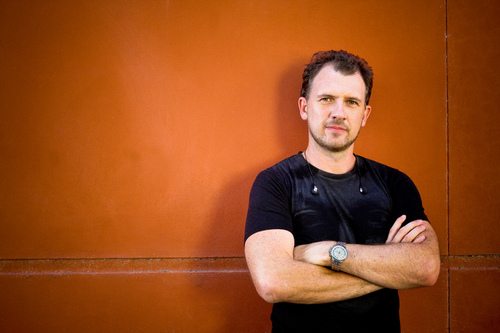Guest Post: James Altucher is an entrepreneur and bestselling author who has founded over 20 companies, failed with most of them...
Entrepreneur
Clare Loewenthal was the founding editor of Dynamic Small Business magazine which she launched from her home in...
Andy Tompkins and Bryan Vadas are the founders of the iPledg.com Crowdfunding platform. iPledg is serious about helping the Tech and Startup...
Ian A. Maxwell is a veteran Technology Entrepreneur and Venture Capitalist. He is currently CEO of BT...
The University Of New South Wales (UNSW) has started to get real Entrepreneurial and Innovation momentum. There are...
This is the third article in a series of articles from entrepreneurs that have been through Incubate, the...
This is the first article in a series of articles from entrepreneurs that have been through Incubate, the...
Dear Mr Turnbull, I write to you and copy Mr Hockey, Mr Bilson and Mrs Mirabella firstly...







